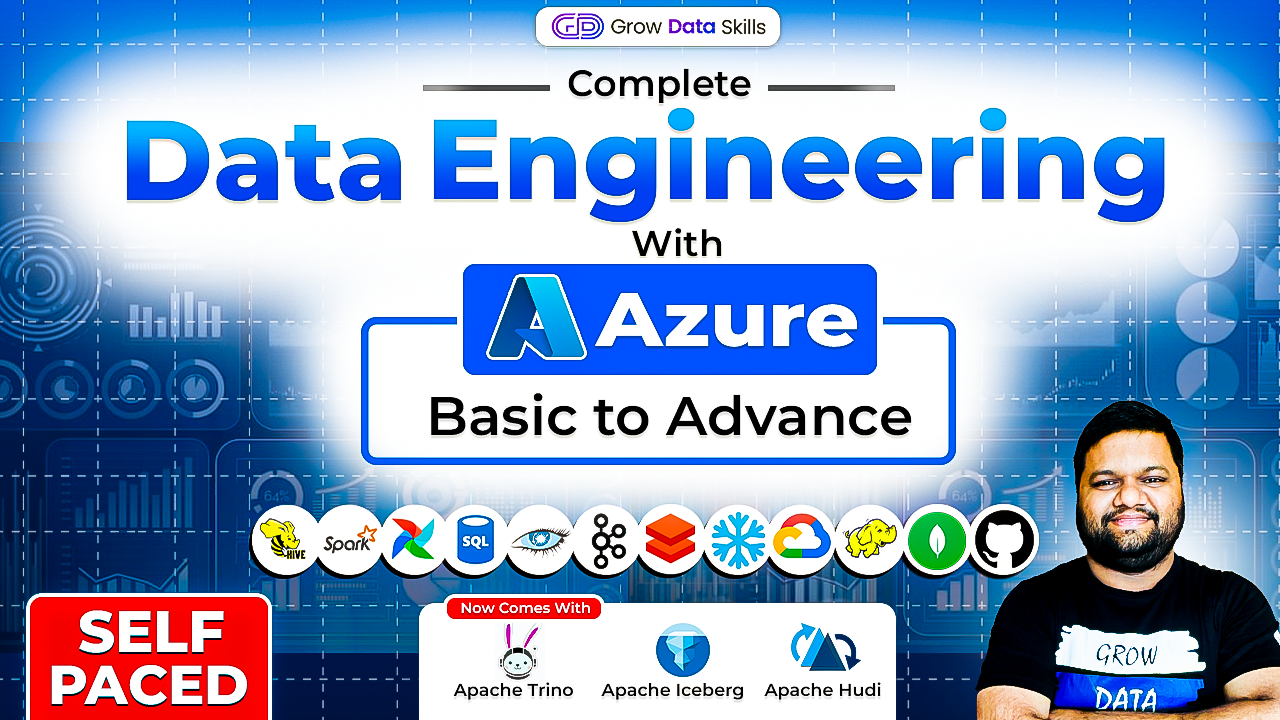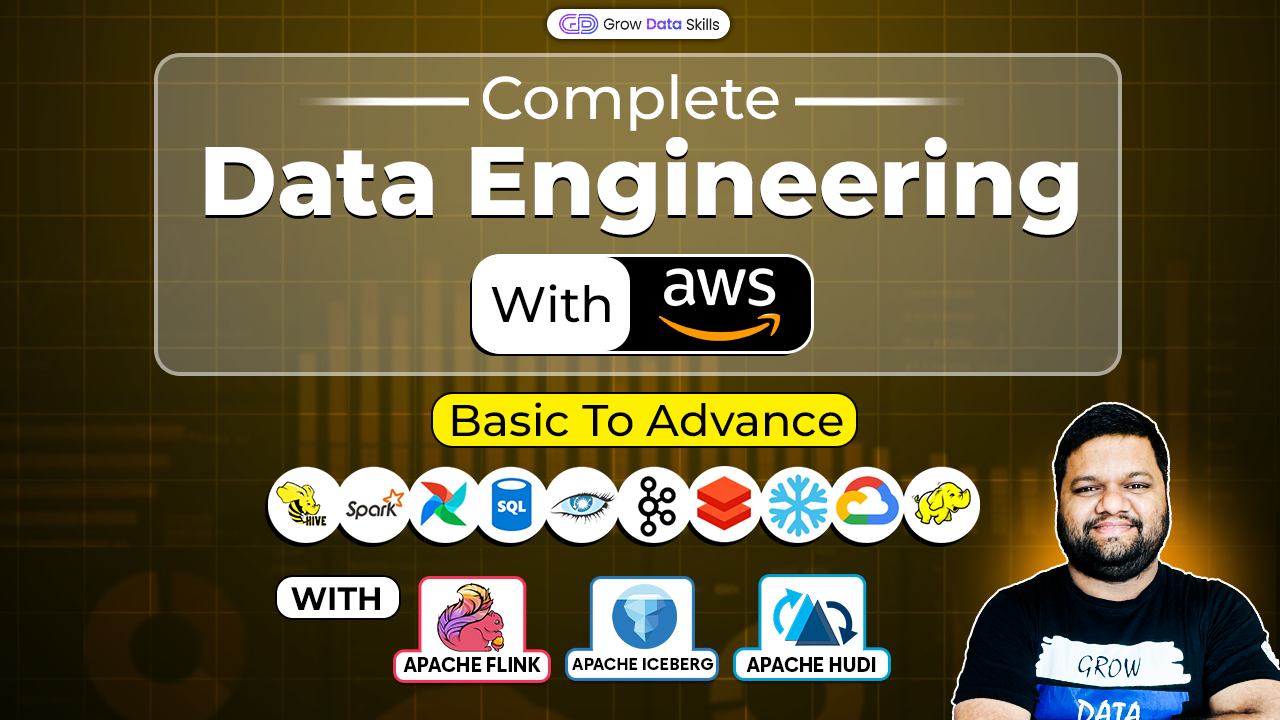Your colleague walks into Monday's meeting with a complete competitive analysis that would have taken your team three weeks to compile. She finished it over the weekend using an LLM that processed 10,000 competitor documents, social media posts, and financial reports in just two hours. This isn't a glimpse into the future, it's happening right now in offices worldwide.
The Business Revolution in Numbers:
→ Global enterprise LLM market hit $5.6 billion in 2024
→ Organizations report 40% productivity increases
→ 73% of companies plan major LLM investments by 2025
→ Customer service resolution times drop by 60%
Large Language Models are transforming how businesses operate at every level. Companies use these AI systems to automate complex tasks, make faster decisions, and create personalized customer experiences that were impossible just two years ago. Smart companies are already ahead of this curve, using LLMs to handle routine tasks while their human employees focus on strategy, creativity, and relationship building.
The organizations that master LLM integration now will dominate their markets tomorrow.
Understanding LLMs in Business Context
Large Language Models represent a fundamental shift from traditional automation to intelligent assistance that understands context, learns from interactions, and adapts to unique business needs. Unlike rule-based systems that follow predetermined scripts, LLMs analyze language patterns, business context, and user intent to provide sophisticated responses and solutions.
How LLMs Work in Business Settings?
These AI systems process vast amounts of text data to understand how language works in specific business contexts. When you ask an LLM to write a customer email, it doesn't just fill in templates. It considers your company's tone, the customer's history, industry standards, and the specific situation to craft appropriate responses.
Core LLM Business Capabilities
Content Generation and Communication: LLMs excel at creating professional documents, emails, reports, and marketing materials that maintain consistent brand voice while adapting to specific audiences and purposes.
Data Analysis and Insights: These systems process large datasets, identify patterns, and generate comprehensive reports with actionable recommendations that drive strategic decision-making.
Process Automation: LLMs automate complex workflows that require judgment and contextual understanding, going beyond simple rule-based automation to handle nuanced business processes.
Customer Interaction: Advanced customer service capabilities enable 24/7 support that understands customer intent, accesses relevant information, and provides personalized responses.
The key advantage lies in LLMs' ability to handle tasks that previously required human judgment while maintaining quality standards and business appropriateness.
Transforming Core Business Functions
LLMs are revolutionizing fundamental business operations across every department and function. Understanding these specific applications helps you identify immediate opportunities for improvement in your organization.
Function Transformation Table
Customer Service Revolution
LLM-powered customer service systems provide round-the-clock assistance that goes far beyond traditional chatbots. These systems understand customer intent, access account information, and resolve complex issues without human intervention.
Shopify implemented LLM customer service agents that handle 67% of customer inquiries without human escalation. Customer satisfaction scores increased 23% while support costs dropped 40%. The AI agents understand context from previous interactions and provide personalized solutions based on individual customer patterns.
Sales and Marketing Enhancement
Marketing teams use LLMs to create personalized email campaigns, social media content, and sales materials tailored to specific customer segments and individual preferences. This personalization happens automatically at scale without requiring individual manual customization.
LLMs analyze prospect behavior, company data, and market signals to identify high-quality leads and generate personalized outreach messages that significantly improve response rates.
A B2B software company uses LLMs to analyze prospect websites, news mentions, and industry reports to create highly targeted sales emails. Their response rates increased from 2% to 12% because the AI crafts messages that address specific business challenges each prospect faces.
Operations and Process Management
LLMs extract information from contracts, invoices, reports, and other business documents, automatically categorizing content and flagging important details for human review. This dramatically reduces manual data entry and processing time.
LLMs process supplier communications, market reports, and logistics data to predict disruptions, optimize inventory levels, and recommend alternative sourcing strategies before problems impact operations.
Financial Operations Transformation
LLMs generate comprehensive financial reports, variance analyses, and executive summaries by processing transaction data, market information, and business metrics. These reports include natural language explanations of trends and recommendations for action.
AI systems monitor transactions, communications, and business activities for compliance violations and risk indicators, automatically generating alerts and compliance reports that meet regulatory requirements.
Industry-Specific Transformations
Different industries are adopting LLMs in unique ways that address sector-specific challenges and opportunities.
Healthcare Innovation
Clinical Documentation and Analysis: Healthcare providers use LLMs to automatically generate patient notes, treatment summaries, and discharge instructions from doctor-patient conversations. This reduces administrative burden on clinicians while ensuring comprehensive documentation.
Medical Research Acceleration: LLMs analyze thousands of research papers, clinical trial data, and patient records to identify treatment patterns, drug interactions, and potential therapies.
Real Implementation: Cleveland Clinic uses LLMs to analyze patient symptom descriptions and medical histories to suggest diagnostic possibilities and relevant tests. This AI assistance helps doctors consider rare conditions and reduces diagnostic errors while speeding up the evaluation process.
Financial Services Transformation
Wealth management firms use LLMs to analyze client financial situations, market conditions, and investment goals to generate personalized investment recommendations and educational content. AI systems process transaction patterns, communication content, and behavioral data to identify potential fraud in real-time, generating natural language alerts that explain suspicious patterns to human investigators.
Industry Impact Comparison
Retail and E-commerce Evolution
Retailers use LLMs to analyze customer behavior, preferences, and purchase history to create individualized product recommendations, marketing messages, and shopping experiences that adapt in real-time.
Amazon uses LLMs to generate product descriptions, analyze customer reviews for insights, and create personalized marketing emails that result in 35% higher click-through rates compared to traditional mass marketing approaches.
Manufacturing and Operations
LLMs analyze sensor data, maintenance logs, and equipment specifications to predict when machines will need service, generate work orders, and suggest optimal maintenance schedules that minimize downtime while controlling costs. AI systems process inspection data, customer feedback, and production metrics to identify quality trends, predict defect patterns, and recommend process improvements that enhance product quality and reduce waste.
Key Implementation Considerations
Successfully integrating LLMs into business workflows requires understanding both opportunities and potential challenges that organizations commonly face.
Technology Selection Factors
Platform Categories:
→ Cloud-based APIs: OpenAI GPT, Anthropic Claude - Easy integration, ongoing costs
→ Enterprise solutions: Microsoft Azure AI, Google Cloud AI - Better security, higher complexity
→ Open-source models: Llama, Mistral - Full control, requires technical expertise
→ Specialized platforms: Industry-specific solutions with pre-built workflows
Security and Compliance Considerations:
→ Data protection for sensitive information
→ Access controls and authentication
→ Audit trails for AI system usage
→ Compliance alignment with industry regulations
Organizational Readiness
Building Internal Support: Success depends on identifying early adopters who can demonstrate LLM value and become internal experts who help drive broader adoption across teams.
Essential Training Areas:
→ Basic AI literacy and LLM capabilities
→ Prompt engineering for effective AI interaction
→ Quality assessment of AI-generated outputs
→ Integration with existing workflow systems
Managing Change Resistance: Address common concerns about job displacement, technology complexity, and quality control through transparent communication, concrete examples of AI-human collaboration benefits, and clear policies about AI's role in the organization.
Common Challenges and Solutions
Understanding potential obstacles helps organizations prepare for successful LLM deployment while avoiding common pitfalls that can derail implementation efforts.
Primary Implementation Challenges
Data Security and Privacy Concerns: Organizations often worry about sending sensitive business information to external LLM providers, creating resistance to adoption and limiting use cases.
Solution Strategies:
→ On-premise deployment for sensitive data processing
→ Data anonymization before AI interaction
→ Hybrid approaches combining public and private models
→ Thorough vendor security credential evaluation
Employee Resistance and Adaptation: Workers may resist LLM adoption due to job security concerns, technology intimidation, or skepticism about AI capabilities.
Engagement Approaches:
→ Transparent communication about AI enhancement rather than replacement
→ Hands-on training in supportive environments
→ Concrete success examples and case studies
→ Clear career development paths incorporating AI skills
Challenge Impact Assessment
Quality Control and Governance: Establish clear oversight structures that ensure LLM outputs meet business standards while maintaining efficiency benefits. This includes human review processes, automated quality checks, and escalation procedures.
Cost Management: LLM expenses can escalate quickly without proper planning. Organizations should establish clear budgets, usage monitoring, and ROI measurement systems to optimize value delivery while controlling costs.
Future Trends and Business Impact
The LLM landscape continues evolving rapidly, creating new possibilities for business transformation while requiring continuous adaptation strategies from forward-thinking organizations.
Emerging Technology Developments
Agentic AI Systems: The next major advancement involves AI agents that complete multi-step tasks autonomously, making decisions and coordinating actions across different systems and timeframes. These agents will handle complex business processes that currently require human oversight throughout the entire workflow.
Real-Time Business Intelligence: LLMs will provide instantaneous analysis and recommendations based on live data streams, enabling organizations to respond to market changes, operational issues, and customer needs immediately rather than through periodic reporting cycles.
Industry-Specific AI Ecosystems: Specialized LLM platforms will emerge with deep understanding of sector-specific regulations, terminology, and best practices, making AI adoption faster and more effective for companies in healthcare, finance, legal, and other regulated industries.
Business Model Evolution
AI-First Organizations: Companies will design their entire operations around AI capabilities, creating new organizational structures and job roles that maximize AI-human collaboration efficiency while maintaining competitive advantages.
Intelligent Service Networks: Businesses will connect their AI systems with partners, suppliers, and customers to create intelligent networks that automatically optimize operations, resolve issues, and identify opportunities across the entire value chain.
Mass Personalization: LLMs will enable individualized products and services at scale, allowing companies to provide tailored experiences while maintaining operational efficiency and cost-effectiveness that traditional personalization approaches couldn't achieve.
Preparing for Change: Organizations should focus on building flexible infrastructure that can quickly integrate new AI capabilities, fostering continuous learning cultures that encourage experimentation, and developing strategic AI governance frameworks for ethical implementation and competitive positioning.
Conclusion
Large Language Models are fundamentally reshaping how businesses operate, creating unprecedented opportunities for organizations that embrace this transformation strategically. The companies implementing LLMs today are building insurmountable competitive advantages through increased efficiency, enhanced customer experiences, and intelligent decision-making capabilities.
First-mover advantages in LLM adoption are significant and growing. Organizations that deploy these technologies effectively are capturing market share, reducing operational costs, and delivering superior customer value that competitors struggle to match.




Blog liked successfully
Post Your Comment